Woodland Space
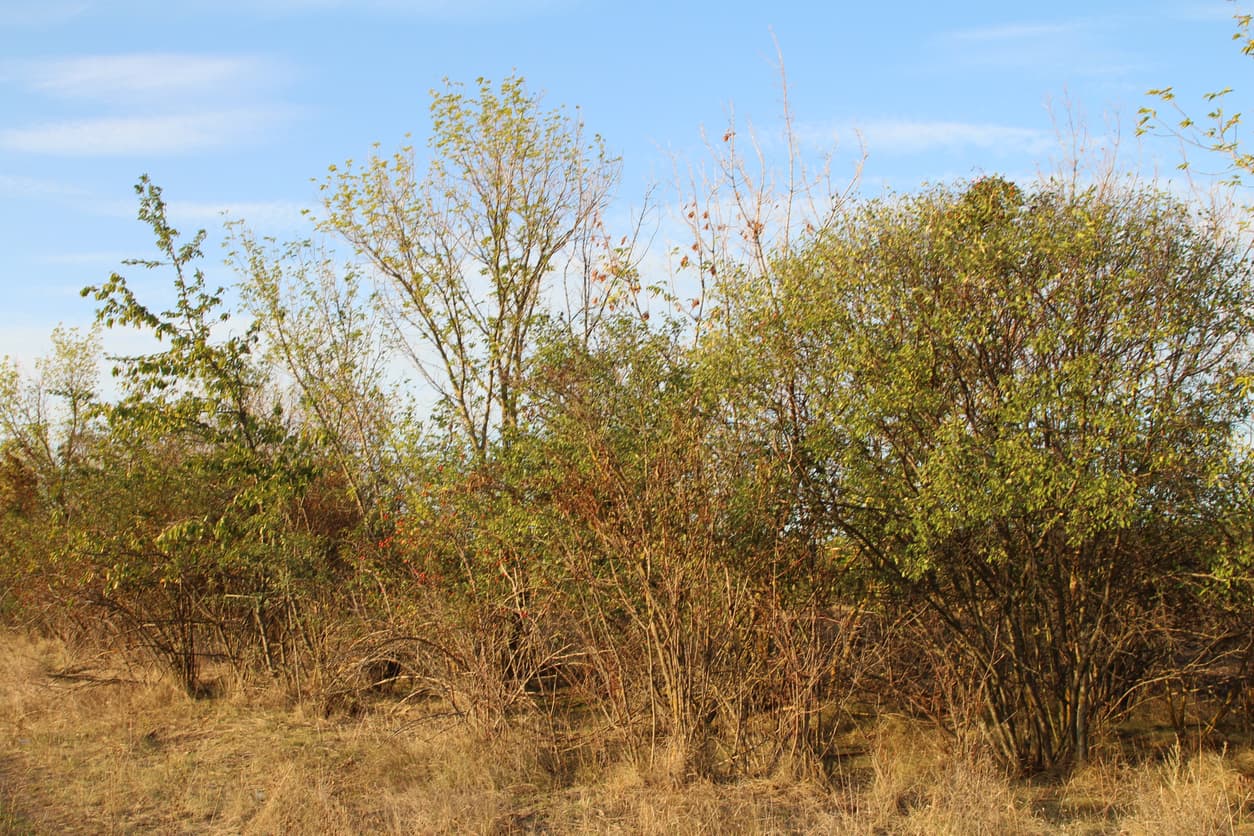
Woodland Space
Woodland space—the intentional design and management of open, accessible, and biodiverse areas within woodland landscapes—offers both practical and ecological benefits. At Greenside Maintenance, we help private landowners, estates, schools, and community groups in Surrey and West Sussex shape and maintain woodland space that nurtures wildlife, boosts recreational access, and supports environmental health.
Why Woodland Space Matters
Supports Resilience Against Climate & Pests
Space within woodland reduces storm damage risk and limits pest/disease spread by improving airflow and diversity.
Improves Access & Safety
Clearly defined spaces such as paths and clearings reduce hazards from fallen trees and dense undergrowth, making woodlands more welcoming and navigable.
Enhances Public Engagement
Open woodland spaces invite people to use and value woodlands, fostering a sense of connection, well‑being, and stewardship.
Eco-Friendly Approach
We integrate sustainable practices—waste recycling, plant health management, and seasonal planting—to support both the garden and environment.
Improves Ecosystem Services
Well-managed woodlands provide flood control, carbon capture, soil stabilization, and cleaner air.
Get a Quote
What we offer
Our Woodland Space Services
Our packages are tailored to your garden and goals, covering:
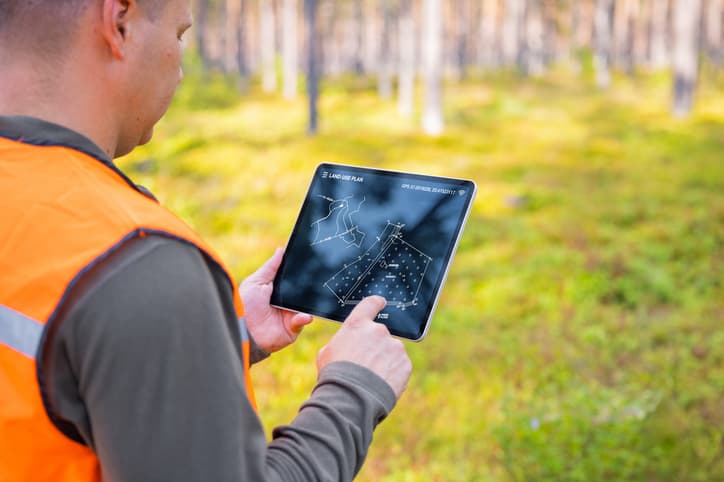
Ecological survey and consultation to map potential glades, paths, and open areas aimed at your goals—wildlife, recreation, or safety.
Creation
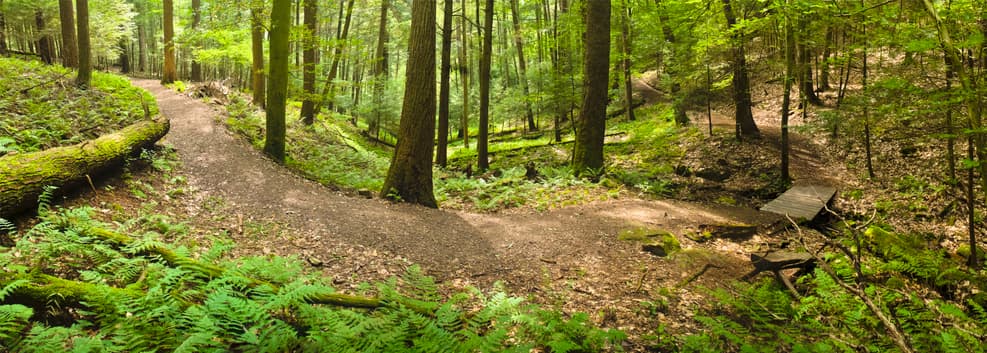
Opening ground and tree canopy to let light through, creating habitat-rich spaces resembling Surrey forestry best practice.
Thinning
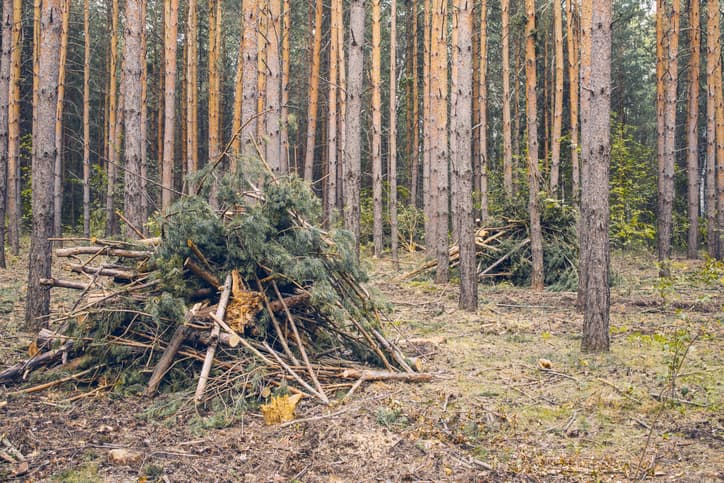
Careful removal of over-dense trees to shape space, improve airflow, and structure woodland layers.
Management
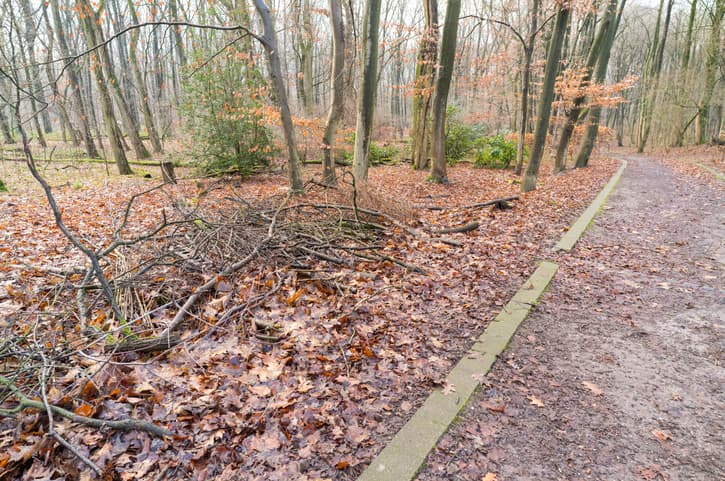
Clearing bramble, ivy, or hazardous undergrowth to develop safe and inviting woodland corridors.
Plan

Ecological survey and consultation to map potential glades, paths, and open areas aimed at your goals—wildlife, recreation, or safety.
Creation

Opening ground and tree canopy to let light through, creating habitat-rich spaces resembling Surrey forestry best practice.
Thinning

Careful removal of over-dense trees to shape space, improve airflow, and structure woodland layers.
Management

Clearing bramble, ivy, or hazardous undergrowth to develop safe and inviting woodland corridors.
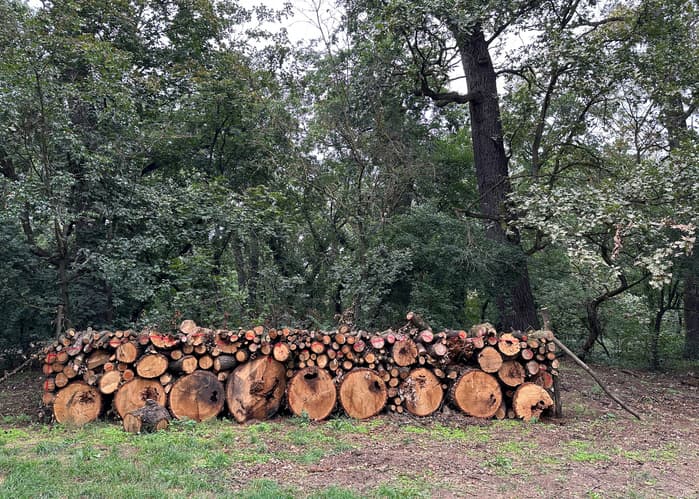
Installing log piles, deadwood banks, and hedgerows to support insects and birds.

Defined trails, way-marking, and edge control to allow safe public or private access.

We regularly inspect woodland spaces to modify planting, thinning, habitat features, or access infrastructure as needed.

Installing log piles, deadwood banks, and hedgerows to support insects and birds.

Defined trails, way-marking, and edge control to allow safe public or private access.

We regularly inspect woodland spaces to modify planting, thinning, habitat features, or access infrastructure as needed.
Woodland Space Packages
Core Glade & Ride Creation
Establish open, light-filled areas for wildlife and accessibility.
Biodiversity Enhancement Package
Includes habitat features like log stacks, dead hedges and wet spots.
Recreation-Ready Woodland
Openings, seating areas, and signage for schools, community groups, or private woods.
Estate Maintenance Plan
Scheduled thinning, canopy management, and understorey clearance for long-term upkeep.
Tailored Restoration Package
Designed for neglected woodlands needing structural openness and access improvement.
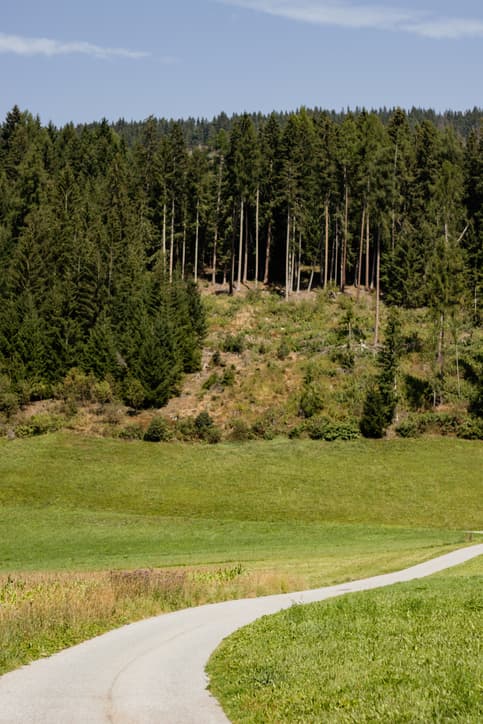
Benefits of Choosing Greenside Maintenance
Our team knows Surrey & Sussex woodland ecosystems intimately, combining ecology and practical craft.
Fully insured arborists employ best-practice techniques that minimise impact and optimise outcomes.
All removed timber is chipped or used on-site to recycle carbon and nutrients; off-site disposal is handled responsibly.
We quote by area, structural complexity, and project goals—no hidden fees or unwelcome surprises.
Plans are flexible—prioritising wildlife seasons, weather events, or evolving client needs.
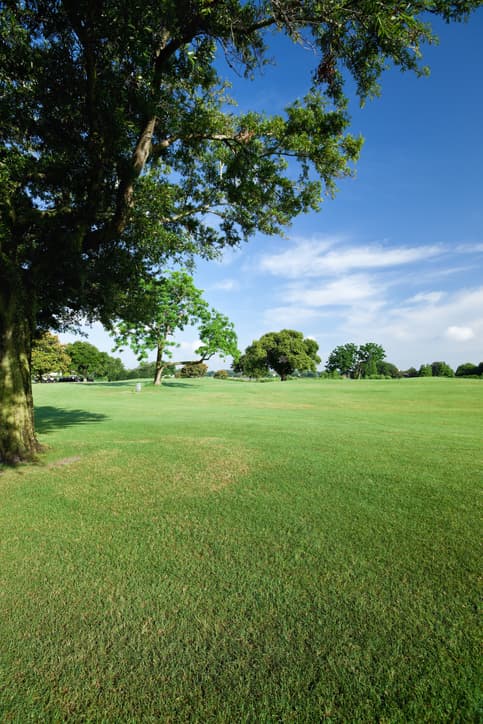



Our Woodland Space Process
Ecological and access assessment with mapping of potential woodland space zones.
A supported plan detailing phases, environmental considerations, and costs.
We carry out work in stages—thinning, glade creation, path shaping—ensuring each area is tidy and safe.
Log piles, wildlife corridors, and edge planting are added post-clearance where needed.
Follow-up monitoring adjusts woodland space structure, addressing regrowth or ecological needs.
Frequently Asked Questions
Woodland space refers to intentionally created open areas within woods, such as glades, rides, and clearings, designed for wildlife diversity, human enjoyment, and woodland resilience.
These features increase light to the woodland floor—boosting flora diversity and creating vital habitats for butterflies, birds, and small mammals.
Ideal woodland spaces balance canopy openness with habitat needs; sizes typically vary from 200–10,000 m², Upwards and design is based on site goals and woodland structure.
Not at all. Woodland space is designed to protect existing wildlife—featuring sensitive work windows and habitat features like logs or hedges.
Yes. Woodland space management often requires annual or biennial checks for regrowth, fallen trees, brush re-clearing, and habitat feature maintenance.
No. It’s beneficial for private estates, informal school grounds, therapeutic forests, and landowners wanting a mix of functional and ecological woodland.
We can—but it’s not essential. Many openings self-seed with grasses or woodland herbs. We offer options like native wildflower sowing or low shrubs if desired.
Costs depend on area, canopy density, and feature complexity. We tailor timing according to ecological best-practice—like avoiding nesting season—to ensure long-term value.

Book Your Woodland Space Survey
Are you ready to transform your woodland into a vibrant, accessible and wildlife-rich space? Greenside Maintenance offers expert woodland space design and delivery across Surrey & West Sussex. We blend ecology, aesthetics, and accessibility to enhance your woodland’s value.
service@greensidegardeners.co.uk
01428 645152